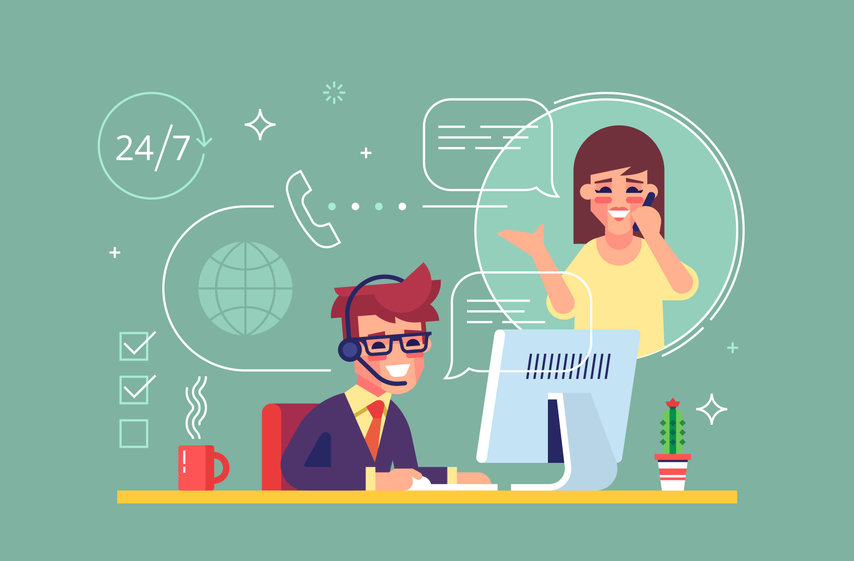Chances are you have heard, needed, or even yelled the phrase “Call 911!” at one time or another in your life. 911 is the North American emergency number used to dispatch emergency responders, such as police, fire, and emergency medical services.
But what happens when you need help, but it’s not an emergency? That’s when you contact 211, a statewide, nationwide, and community referral service. Those in need of assistance can get referred, and sometimes connected, to appropriate agencies and community organizations, simply by dialing 211.
What is 211?
211 connects people and families in need with governmental and community resources. The service is available 24 hours a day, 7 days a week. There are more than 200 crisis centers in the United States operated by United Way, Goodwill, Community Action Partnerships, and local crisis centers. These centers handle more than 14 million requests for help every year.
How does 211 work?
Your call gets routed to a local or regional call center, and resource specialists access extensive databases with information about public and private services. Specialists then match the caller with essential community services based on their concerns.
This service is different from 911 or 311 because we use 911 for emergencies, and 311 (where available) handles non-emergency calls, such as noise complaints, dangerous animal complaints, broken traffic signals, and abandoned vehicles.
You can reach a 211 center in several ways:
- Call 211 either from a landline or a cell phone.
- Text 898211 your five-digit zip code.
- Visit org online.
- Get the 211 app for your area.
Why would someone call 211?
211 call centers provide comprehensive health and human services information and resources. Most of the requests 211 specialists receive are from people looking for help paying their rent or utility bills. However, 211 handles referrals for a variety of issues, including:
- Financial needs such as food, clothing, shelter, rent, and utilities
- A list of health resources that includes information about health insurance, Medicaid, Medicare, medical intervention hotlines, counseling, drug and alcohol programs, and crisis intervention services
- Assistance for the elderly and the disabled, such as community meal services, respite care, and home health care, as well as transportation to medical appointments
- Services such as job training, unemployment applications, education programs, and transportation to job interviews
- Childcare, after-school programs, educational assistance, summer camps, and tutoring services for children and youth
- Mental health and suicide prevention resources, such as national or regional hotlines, community clinics, and other mental health resources in the community
Though 211’s primary focus is food, housing, and utility assistance services, they do field calls and inquiries for information and resources from those impacted by COVID-19.
Are there additional resources?
You might receive a mix of national and local resources when you call 211. Experts have access to a comprehensive, inclusive database of resources and nonprofits that best fit your needs. Some local resources include food banks, homeless shelters, financial assistance programs, medical clinics, and agencies that offer individual grants for energy bills, rental assistance, and clothing assistance.
National resources you could receive include hotlines, COVID-19 pandemic resources, assistance paying bills, health insurance resources, or food assistance.
211 is available to approximately 309 million people, or 94.6 percent of the total U.S. population, and covers all 50 states, the District of Columbia, and Puerto Rico. To find out whether 211 services are in your area and obtain more information, visit 211.org.
If you would like to become more financially literate, contact Briteside Solutions and enroll in our Financial Education program to teach you how to live off of cash instead of relying on credit that can be costly. Contact us today to learn more.


